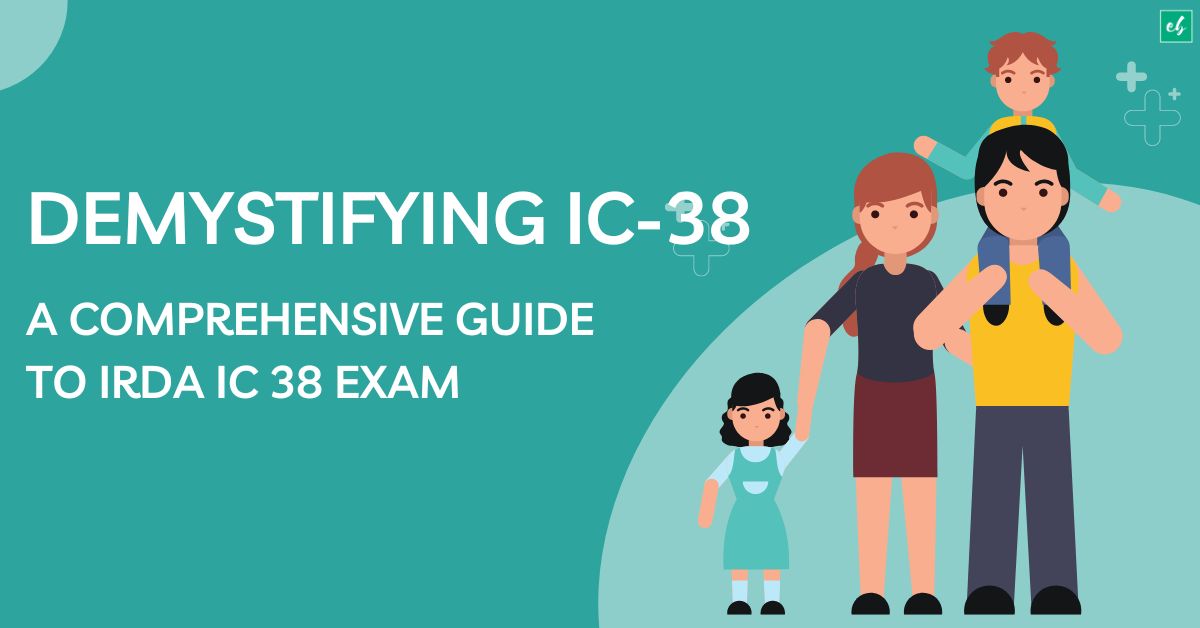Demystifying Life Insurance: Your Comprehensive Handbook Introduction: Life insurance is a crucial financial tool that provides protection and peace of mind for you and your loved ones. Despite its importance, many people find life insurance confusing and overwhelming due to the myriad of options and jargon involved. This comprehensive handbook aims to demystify life insurance, providing you with a clear understanding of its fundamentals, types, benefits, and how to choose the right policy for your needs.
Understanding Life Insurance: Life insurance is a contract between an individual and an insurance company, where the insurer agrees to pay a sum of money to designated beneficiaries upon the insured’s death. This financial protection serves to replace lost income, cover outstanding debts, and provide for the insured’s dependents.
Types of Life Insurance:
- Term Life Insurance: This type of policy provides coverage for a specific period, such as 10, 20, or 30 years. It offers a death benefit to beneficiaries if the insured passes away during the term. Term life insurance is often more affordable than permanent life insurance but does not accumulate cash value.
- Whole Life Insurance: Whole life insurance provides coverage for the entire life of the insured, as long as premiums are paid. It includes a savings component, known as cash value, which grows over time and can be accessed by the policyholder.
- Universal Life Insurance: Universal life insurance offers flexibility in premium payments and death benefits. It allows policyholders to adjust their coverage and premiums to suit changing financial needs.
- Variable Life Insurance: This type of policy allows policyholders to invest their premiums in various investment options, such as stocks, bonds, or mutual funds. The cash value and death benefit may fluctuate based on the performance of the underlying investments.
Benefits of Life Insurance:
- Financial Protection: Life insurance provides a financial safety net for your loved ones in the event of your death, ensuring they can maintain their standard of living and meet financial obligations.
- Estate Planning: Life insurance can help cover estate taxes and provide liquidity to settle your estate without the need to sell assets.
- Business Continuation: Life insurance can be used to fund buy-sell agreements and provide financial support to business partners or heirs in the event of a business owner’s death.
- Supplemental Retirement Income: Permanent life insurance policies with cash value accumulation can be utilized as a source of tax-advantaged retirement income.
Choosing the Right Policy: When selecting a life insurance policy, consider factors such as your financial goals, budget, health status, and family’s needs. Work with a licensed insurance agent or financial advisor to assess your options and determine the coverage amount and type of policy that best aligns with your objectives.
Conclusion: Life insurance plays a vital role in financial planning by providing protection and security for your loved ones. By understanding the fundamentals of life insurance, you can make informed decisions when choosing a policy that meets your needs and objectives. Remember to regularly review your coverage to ensure it remains adequate as your circumstances cha
